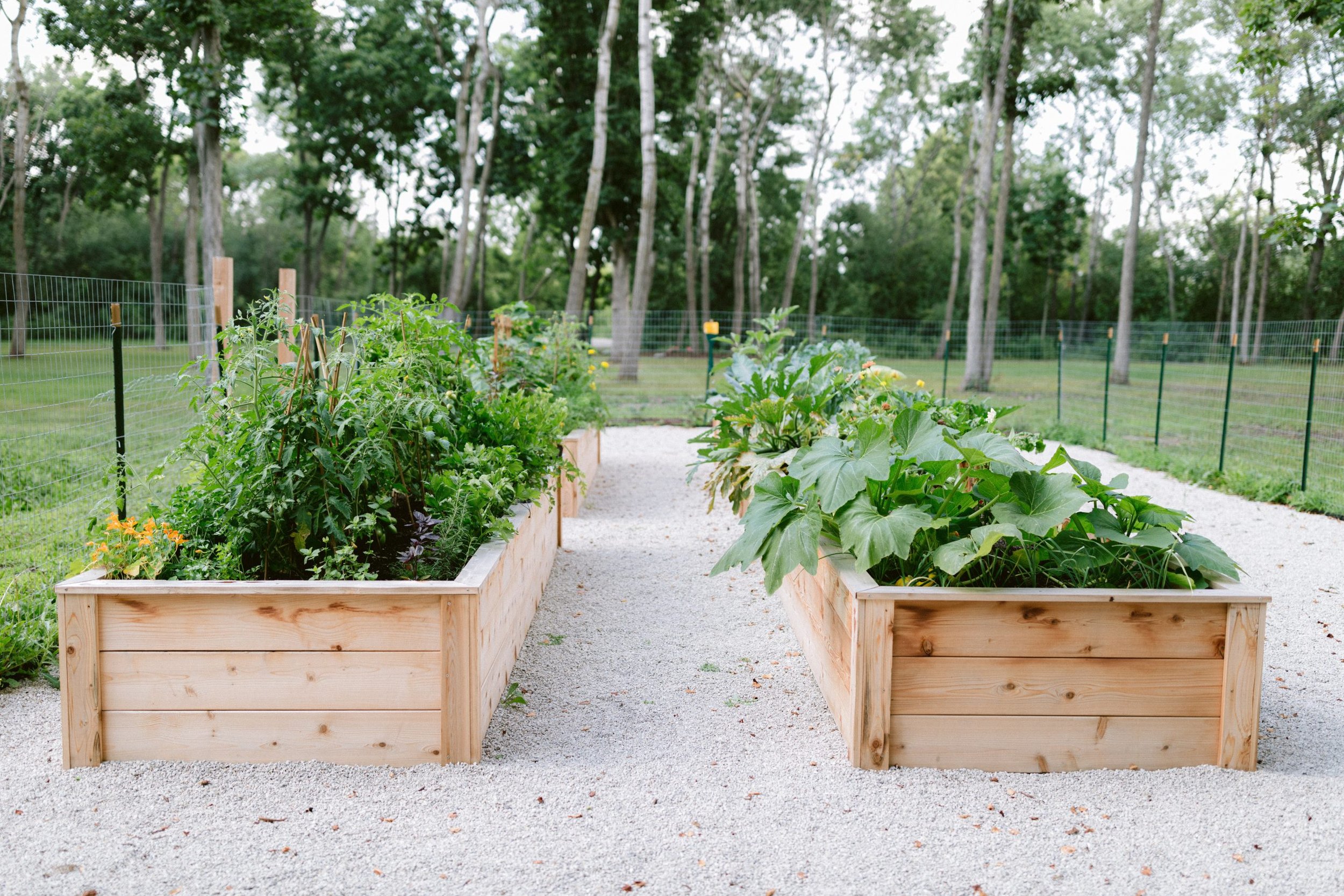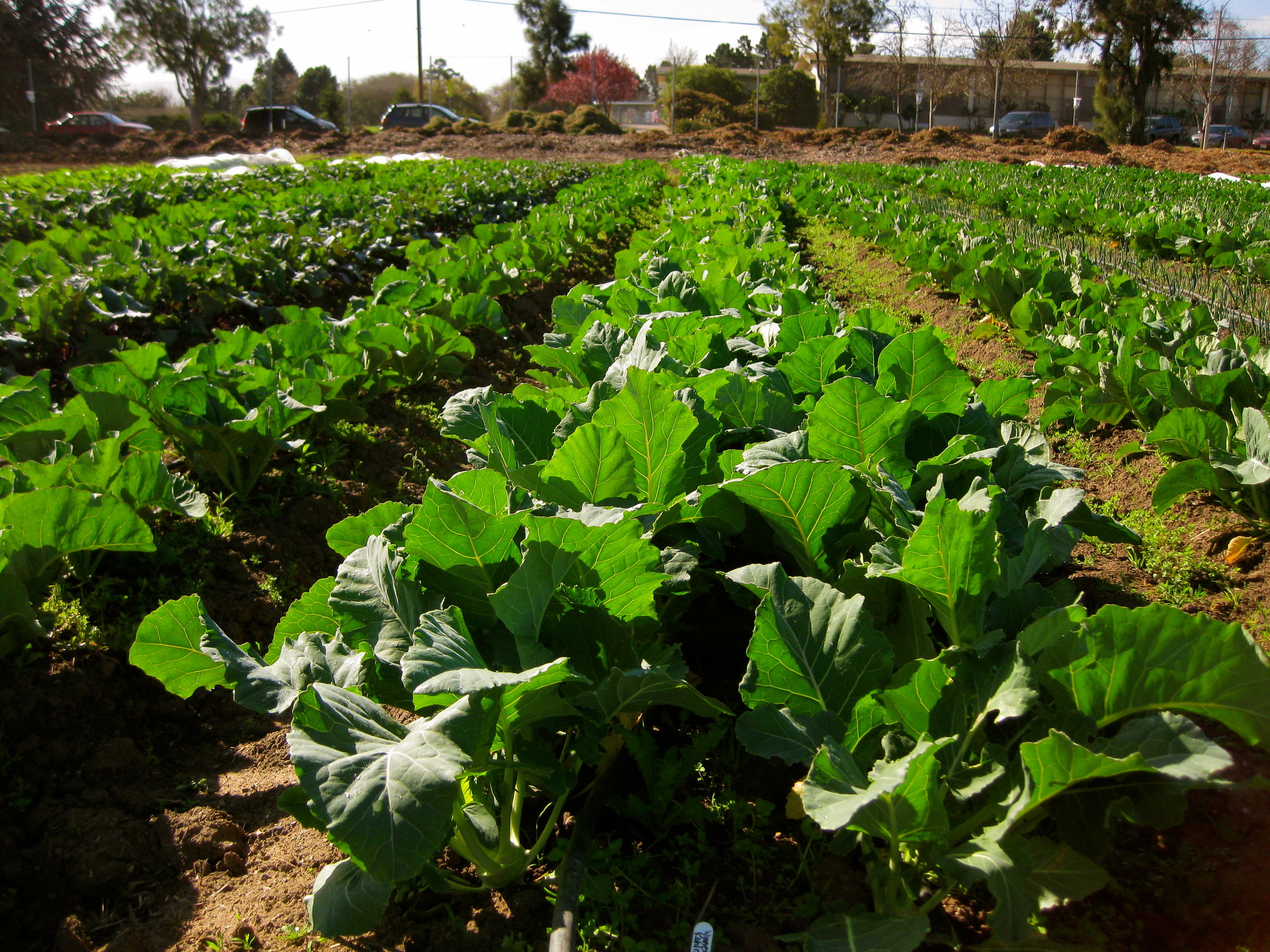How to Maintain Healthy Soil in Homestead Gardening
How to Maintain Healthy Soil in Homestead Gardening
Blog Article
Reveal the Secrets to Developing a Gorgeous and Productive Horticulture Room
Creating a attractive and productive horticulture area is not simply an issue of planting flowers and veggies; it requires a critical technique that includes various important aspects. From selecting the right place based on sunshine and dirt kind to thoughtfully making your format and selecting suitable plants, each decision plays a pivotal role in the success of your garden.
Selecting the Right Place
Choosing the ideal place for your yard is critical to its success and general visual allure. The very first action in this process includes evaluating sunshine direct exposure, as many plants need at the very least 6 hours of straight sunlight daily (Homestead Gardening). A south-facing yard generally receives one of the most light, while shaded areas can hamper development and flowering
Furthermore, think about soil quality and drainage. Well-draining dirt is vital to prevent water logged roots, which can bring about plant illness. Performing a dirt examination can give important details regarding pH degrees and vitamins and mineral material, allowing you to modify the dirt appropriately.
Furthermore, distance to water sources is one more factor to consider - Homestead Gardening. Having simple accessibility to a hose or irrigation system can simplify the watering process and encourage constant plant treatment. Wind security is likewise crucial; positioning your yard near structures, such as wall surfaces or fencings, can protect it from severe winds that might damage fragile plants
Last but not least, take into consideration access for upkeep and harvesting. A well-placed yard allows for hassle-free gain access to, making sure that you can quickly often tend to your plants without triggering unnecessary stress or disruption. Thoughtful location selection lays the foundation for a prospering garden.
Picking Plants Carefully
When picking plants for your yard, it's important to take into consideration factors such as climate, dirt conditions, and individual choices to ensure a effective and harmonious space. A comprehensive understanding of your regional climate will guide you in selecting plants that flourish in your particular environment. For example, choosing drought-resistant selections is valuable in deserts, while moisture-loving types might be better suited for areas with high rains.
Dirt conditions are equally vital; performing a dirt examination can reveal pH degrees and nutrition material, allowing you to pick plants that will grow. Indigenous plants are commonly an outstanding choice, as they are normally well-adapted to neighborhood soil kinds and need less maintenance.
Mirror on your individual choices-- selecting plants that resonate with your visual preferences will improve your enjoyment and commitment to maintaining your yard. By carefully examining these variables, you can produce a successful and varied plant selection that raises your horticulture experience.
Creating Your Yard Design
With a thoughtfully picked plant selection in hand, the following action is to develop a yard format that makes the most of both elegance and functionality. Begin by evaluating the offered area, considering elements such as wind, color, and sunshine patterns. A well-planned design must integrate different areas, consisting of locations for growing, pathways, and possibly seating.
Beginning with larger plants or centerpieces, such as trees or tall perennials, placed strategically to create visual interest. Layer smaller sized plants in front to enhance deepness and appearance. Take into consideration the development practices of your chosen plants; taller selections need to be placed at the back or facility of beds, while much shorter ones can line the edges.
Incorporating pathways not only facilitates access for upkeep yet also invites expedition. Use materials that complement the garden's overall visual, whether rock, wood, or crushed rock chips.
Additionally, think about seasonal adjustments and how your format will certainly look throughout the year. Incorporating evergreens along with seasonal blossoms can guarantee year-round beauty. Inevitably, a properly designed yard layout integrates the natural beauty of plants with functional considerations, causing an area that is both welcoming and productive.
Enhancing Soil Health And Wellness

To enhance soil health and wellness, start by conducting a soil test to examine pH levels, nutrient content, and soil structure. Include organic issue such as garden compost, well-rotted manure, or fallen leave mold and mildew to improve dirt structure, water retention, and microbial activity.
Mulching is another reliable approach; it not just preserves dampness but likewise subdues weeds and progressively improves the dirt as it damages down. Avoiding excessive tillage is essential, as it can interrupt soil framework and damage helpful microorganisms. Rather, take on no-till or marginal husbandry practices to maintain dirt honesty.

Preserving Your Garden Successfully
A well-maintained garden provides pride and performance, calling for consistent attention to guarantee that plants flourish and the landscape you can try this out remains inviting. Efficient garden maintenance involves numerous crucial techniques that enhance the health of your plants and the overall aesthetic of your room.
Normal watering is crucial; however, it is essential to customize your watering routine based on the details demands of your plants and local environment problems. Mulching can help retain moisture, suppress weeds, and manage soil temperature. Moreover, prompt weeding protects against competitors for resources and nutrients, guaranteeing that your plants thrive.
Pruning is an additional vital task. It encourages healthy and balanced growth, gets rid of unhealthy or dead branches, and shapes plants to keep an attractive framework. check this Furthermore, checking for bugs and diseases is crucial; early discovery and intervention can save your plants from considerable damages.
Fertilizing ought to be carried out thoughtfully, making use of natural alternatives whenever feasible to advertise long-lasting soil health and wellness. Seasonal jobs such as growing, splitting perennials, and preparing for winter season will certainly ensure your garden continues to be vibrant year-round. By adhering to these methods carefully, you can cultivate a garden that is both efficient and attractive.
Conclusion
Choosing a proper place with ample sunshine, selecting suitable plants, designing a visually pleasing design, improving soil wellness, and ensuring normal upkeep are necessary elements. By incorporating these methods, one can cultivate a thriving yard that not just enhances the landscape yet likewise promotes eco-friendly equilibrium and sustainability.
From picking the right place based on sunlight and dirt type to attentively making your design and choosing ideal plants, each choice plays a crucial duty in the success of your garden. Well-draining dirt is necessary to avoid waterlogged origins, which can lead to plant illness.When choosing plants for your yard, it's vital to think about factors such as environment, soil problems, and personal choices to make sure a productive and unified area. Ultimately, a properly designed garden design integrates the all-natural beauty of plants with functional considerations, resulting site in a room that is both inviting and effective.

Report this page